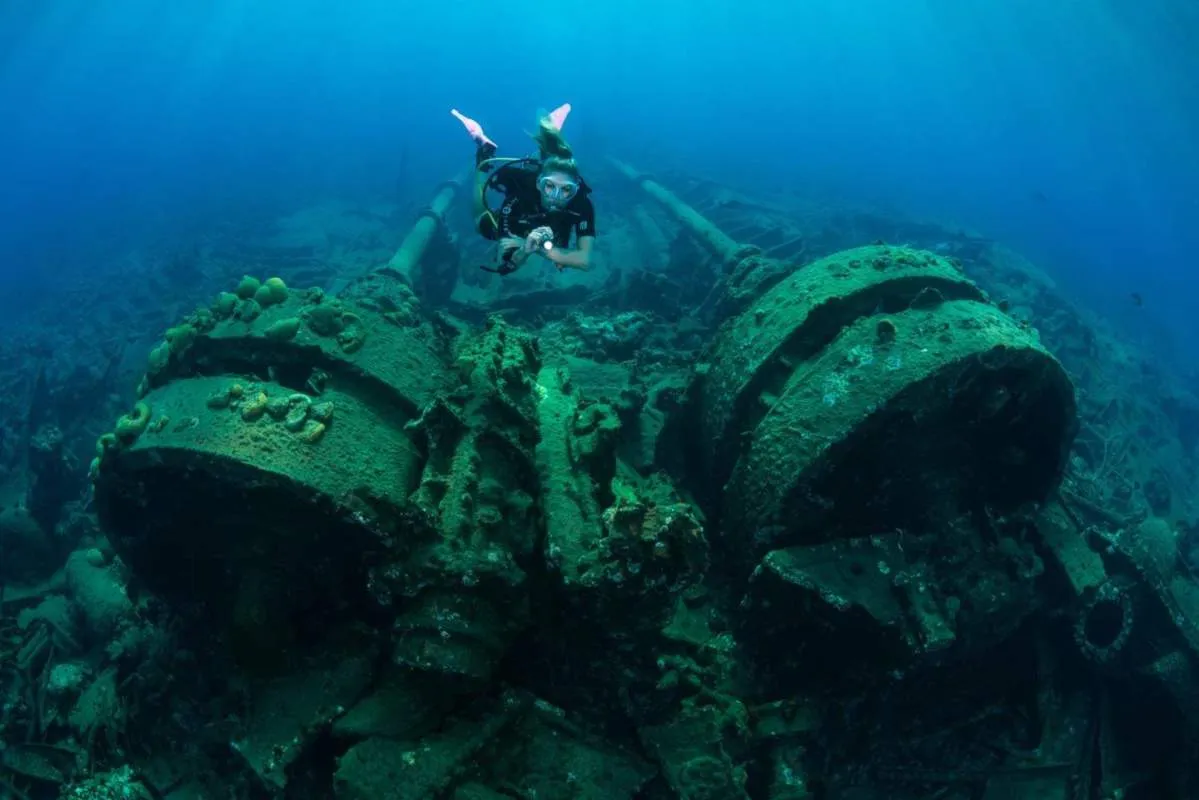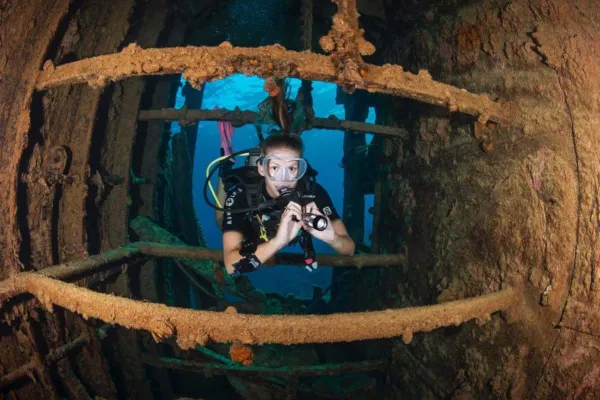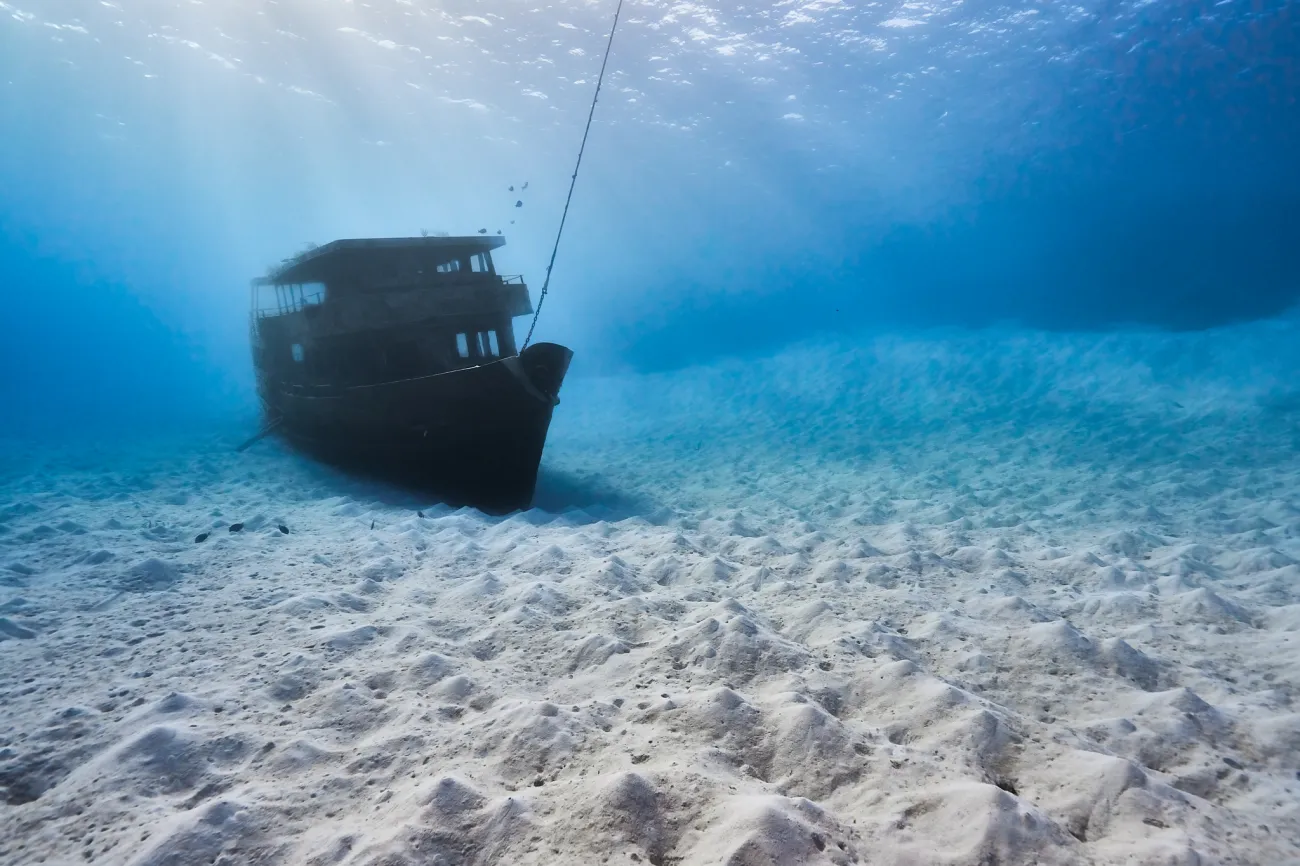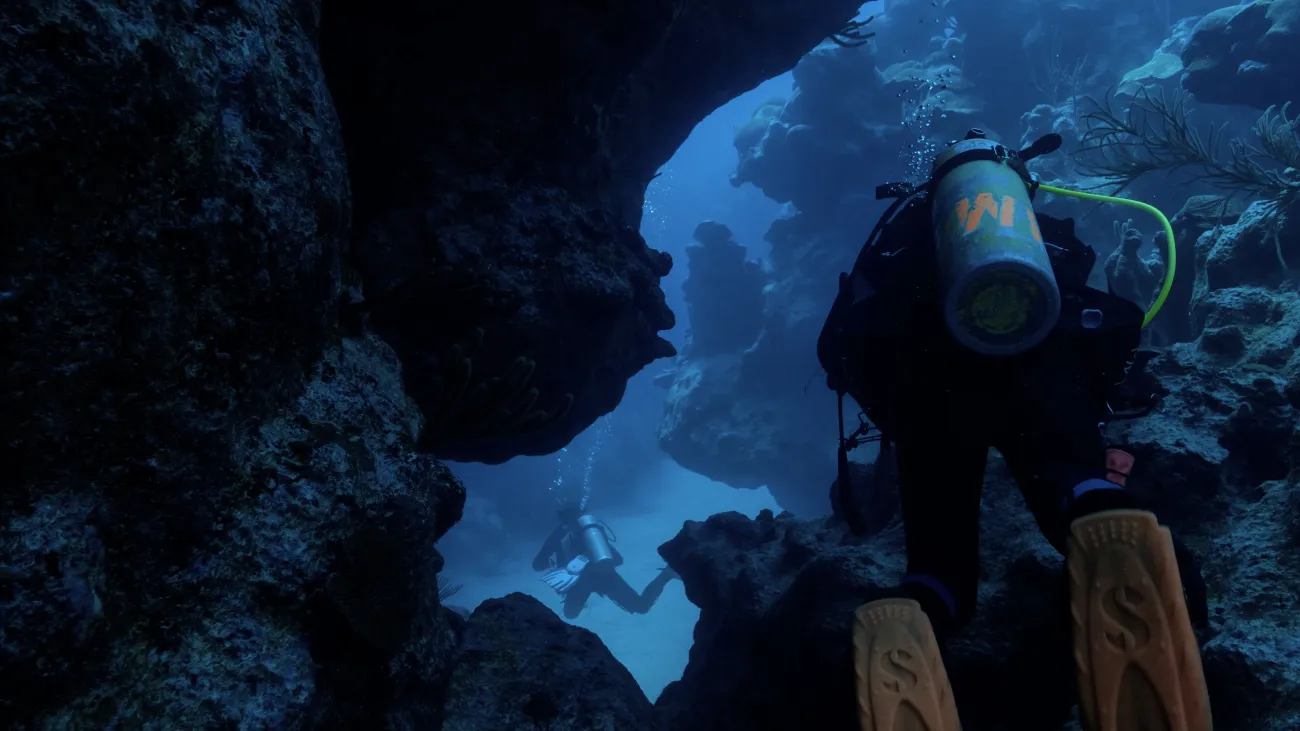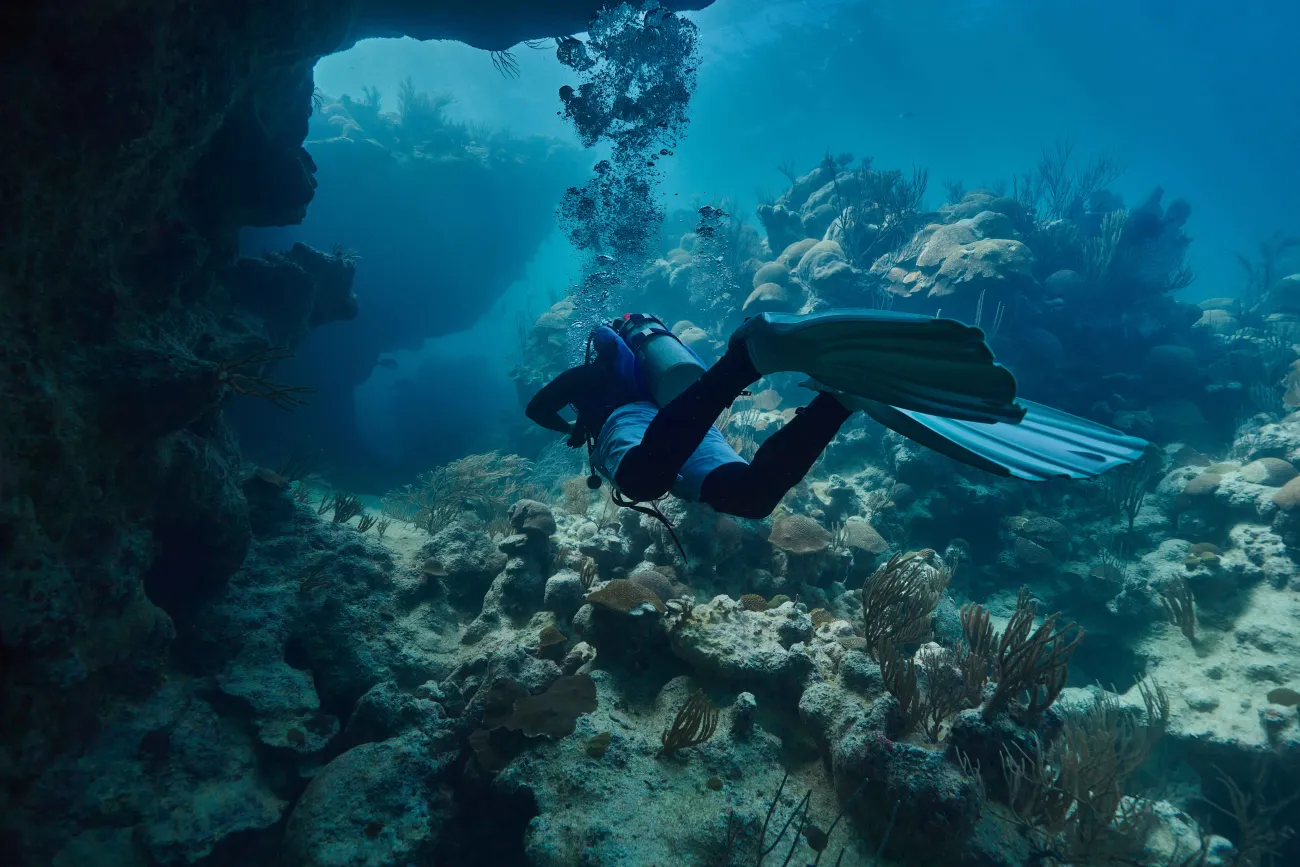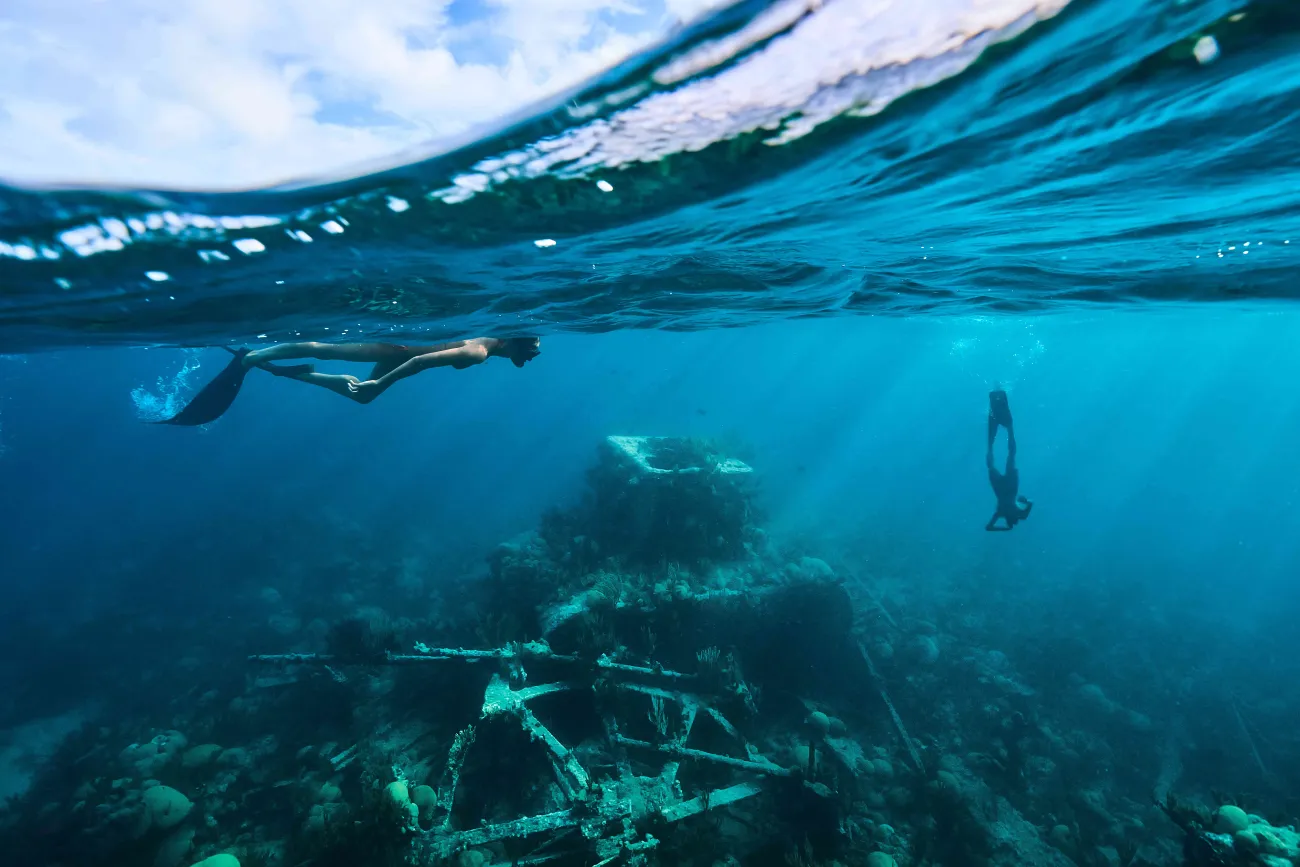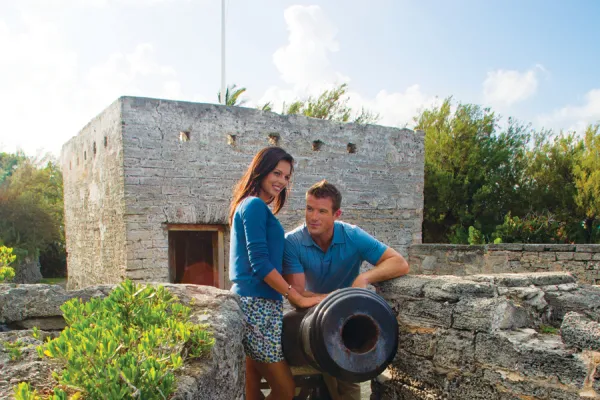Descend into the depths of Bermuda’s reef-strewn ocean to witness hauntingly beautiful shipwrecks and incredible sea life up close. Whether you’re a beginner or an advanced diver, or perhaps looking for a more shallow family-friendly site, you’ll find legendary dive sites for a thrilling undersea adventure. Plus, you’ll uncover stellar spots for snorkelling, too.
Beginner Dive Sites
Taunton: A favourite wreck site, the Taunton was a 228-foot Danish cargo steamer built in 1902 that wrecked on Bermuda's northeastern reef in November 1920. She was sailing from Norfolk, Virginia to St. George's carrying a cargo of coal destined for the island. She now sits in 20 feet (6 meters) of water, broken up over the reef, but her engine and boilers still stand upright, reaching for the surface. The Taunton is very photogenic and makes a great site for both divers and snorkellers.
B29 Bomber: Not all the wrecks surrounding Bermuda are ships. The Airplane was a modified Boeing B-50 bomber known as a Hayes KB-501 aerial tanker. Flying from the Azores, the plane was headed home to England Air Force Base in Louisiana on October 20, 1963. After takeoff, the left auxiliary jet engine exploded and ignited the left wing. Six of the seven crew members jumped out before the plane exploded and dropped into the ocean in two big pieces. The aircraft’s commander, John (Curley) Moore, was still in his seat when divers finally reached the wreck.
Resting at a depth of 21 to 25 feet (6 to 7 meters), the wreck is nestled within a thriving coral reef. Many fish (especially algae-eating sergeant-majors) are attracted to the site because of the aluminum and nutrient-rich waters surrounding the craft. This makes The Airplane an exciting shallow dive site for all ages and experience levels.
